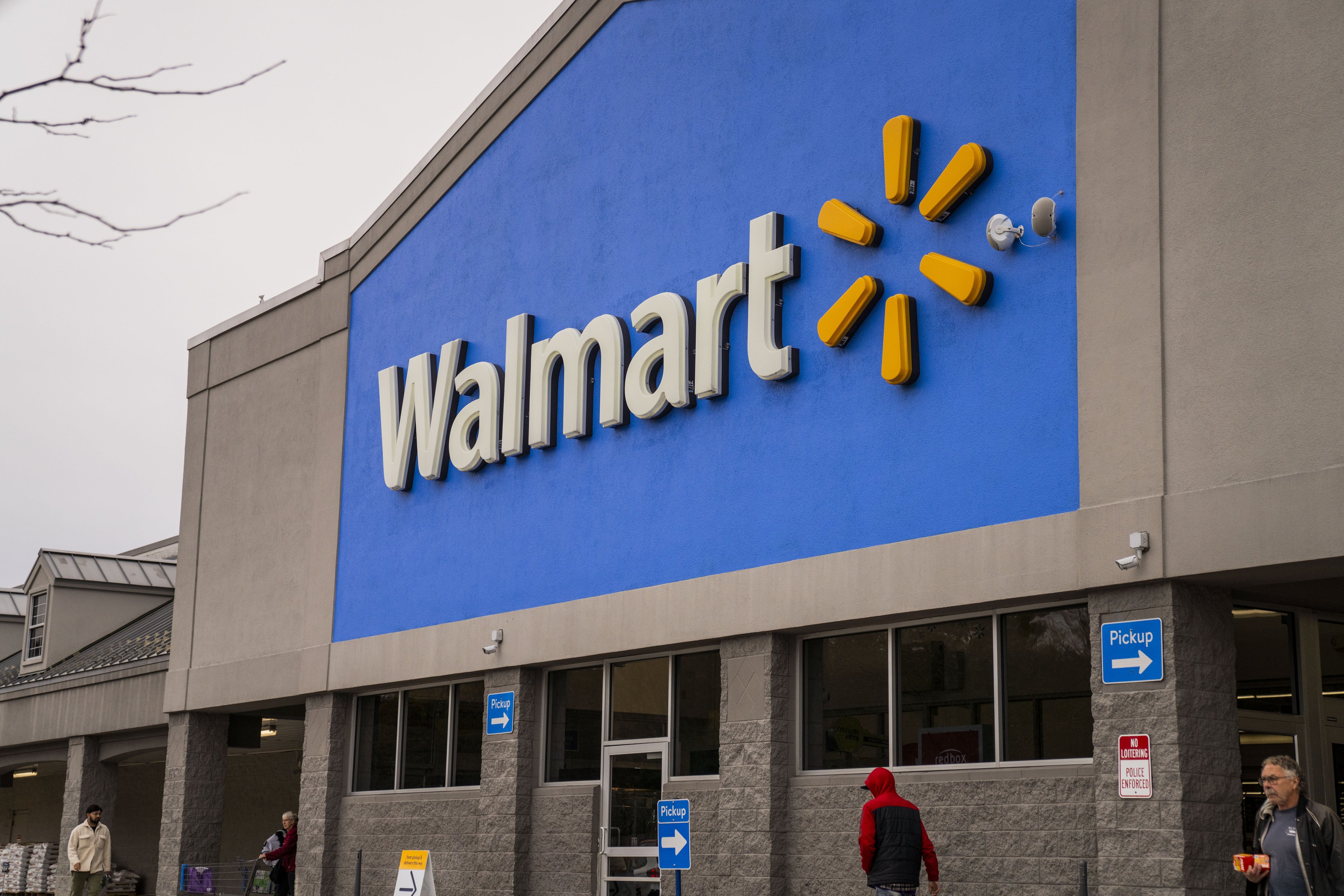
After revolutionizing and then dominating retail for over five decades, Wal-Mart (WMT 0.54%) may finally be succumbing to the same fate as former retailing legends such as Woolworth's and Montgomery Ward.
While it's too early to make a definitive prediction, there's nevertheless one indisputable reason to believe that Wal-Mart's best days are behind it: Same-store sales at the retail giant have dropped in 14 out of the last 21 quarters.

Why same-store sales matter
The importance of this metric -- also referred to as comparable sales or "comps" -- can't be denied. By measuring revenue at existing locations on a year-over-year basis, comps allow investors to determine whether a retail chain is growing because of an increase in popularity among consumers or rather because it's building more stores.
In this way, same-store sales serve as proxy for customers' perception of a brand. If they're shopping there less frequently or spending a smaller amount each time they do, then the resulting negative comps would serve as strong evidence that something is amiss.

Moreover, among the largest costs for a company like Wal-Mart are capital expenditures to build and maintain physical locations, many of which are more than 200,000 square feet in size. After these are in place, in turn, the objective is to leverage the locations to the greatest extent possible with progressively higher sales per unit.
Finally, even if comps are only marginally positive, the reality is that a retailer would still be contracting in size on a unit-by-unit basis. This is because inflation will typically offset between 1% and 3% in otherwise positive organic sales growth.
In the first quarter of this year, for instance, consumer prices increased by 1.05%, according to data from the Federal Reserve. Thus, to combat erosion in profits, Wal-Mart's comps would need to increase by at least that amount.
That they haven't is evident in the Arkansas-based company's gross margin, which represents the difference between Wal-Mart's sales and cost of goods sold. Since 2009, this figure has dropped by approximately 100 basis points, from roughly 25.6% in 2009 down to 24.57% today.
The implications for Wal-Mart
So, what are investors and consumers to make of this?
On one hand, betting against Wal-Mart still seems like a (small "f") fool's errand, given the size and efficiency of its distribution network as well as the experience of its leadership team.
On the other hand, for arguably the first time in the last few decades, Wal-Mart is facing legitimate (some might even say "superior") competition from the likes of Amazon.com and Costco.
And along these lines, it's also worth noting that Wal-Mart hasn't done itself any favors. Over the past few years, it's continued to foster a reputation for exploiting workers, gotten bogged down in a bribery scandal in Mexico, and has even struggled to keep its shelves stocked with merchandise.
Whether these struggles are enough to tip the inevitable scales of progress and innovation against it remains to be seen. But things certainly don't look good.








